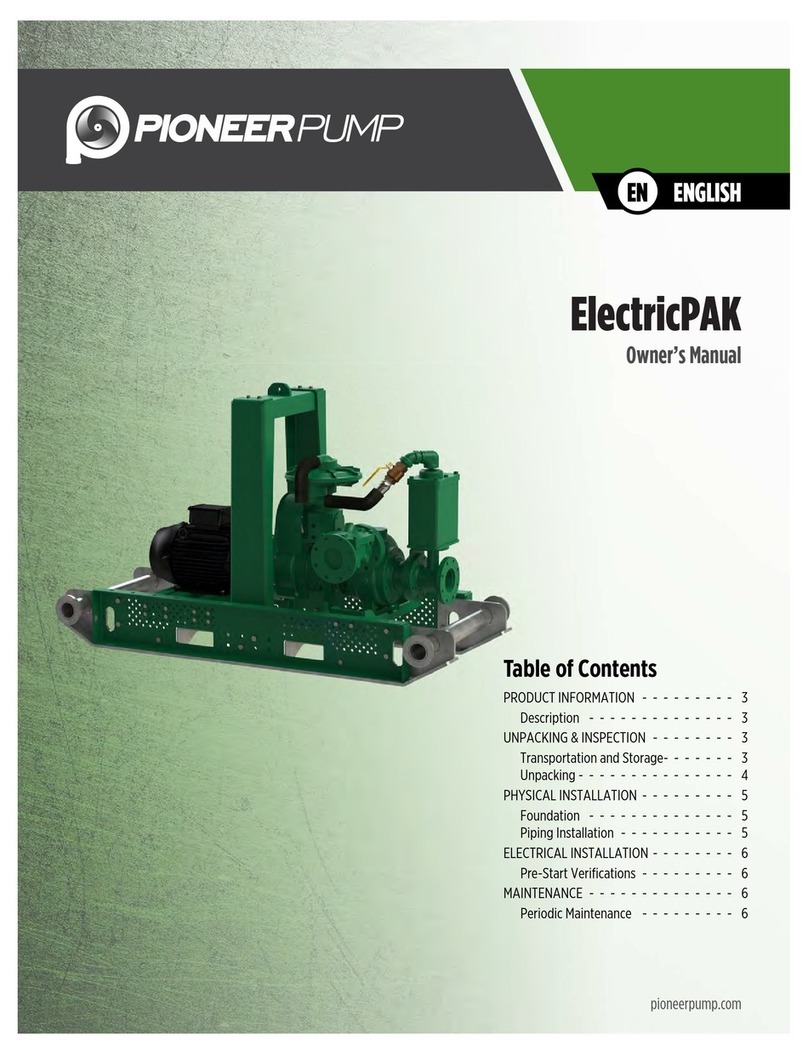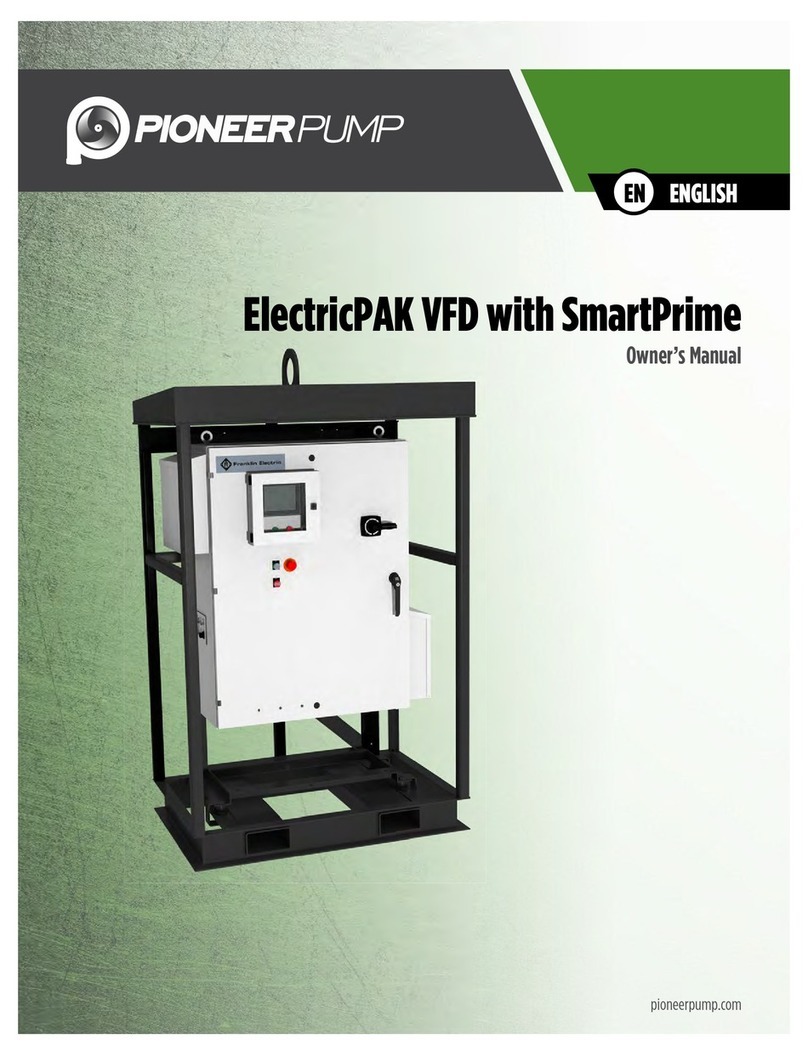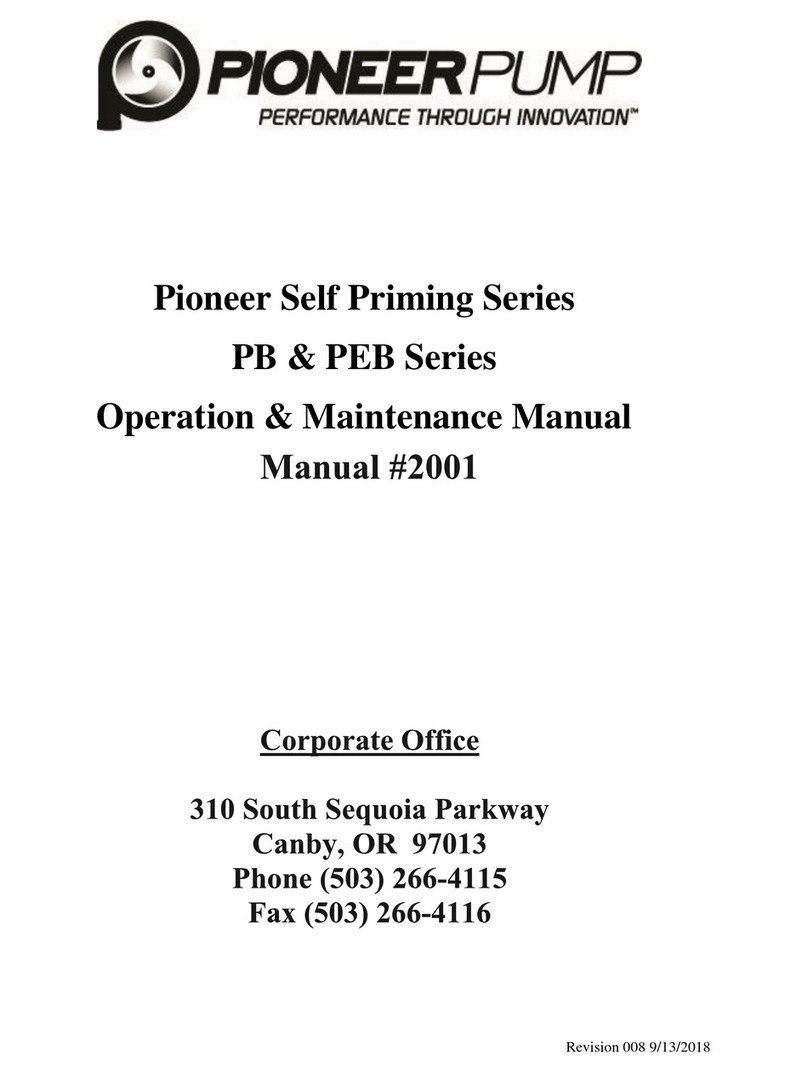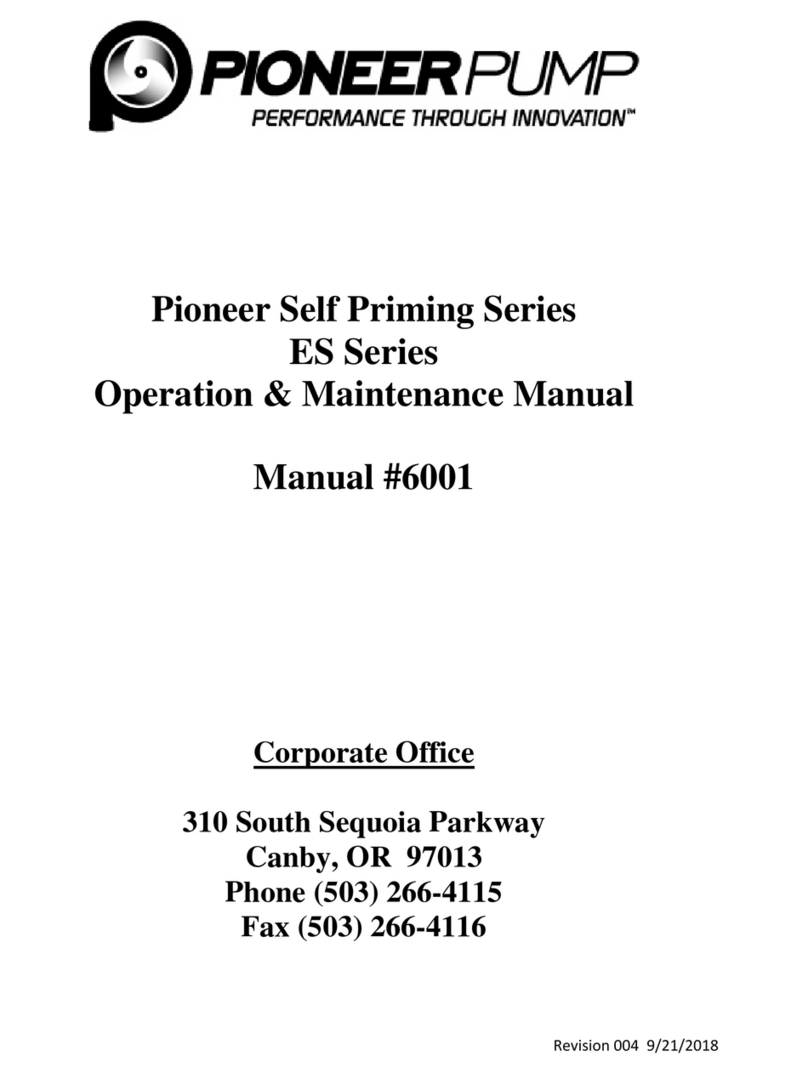
INSTALLATION OF THE CONTROL BOX
LOCATION of CONTROL BOX
Locate the control where it can be easily reached from the tractor’s seat.
WIRING
Route the wire to the starter solenoid on all 12v tractors. Connect the green lead marked+
to the hot terminal on the starter. Connect the black lead to a good ground. DO NOT
REVERSE THE LEADS. CONNECTION OF THE GROUND-LEAD TO A HOT
TERMINAL ON THE TRACTOR WILL TRIP THE CIRCUIT BREAKER. Be sure to use a
voltmeter to verify that you do have 12 volts running to the box.
Note: For tractors with 24v starters (most John Deere 3020 and 4020 diesels,) connect the
power leads to the tractor’s right hand battery. Do not connect the leads to the starter.
Connect the lead marked + to the positive battery terminal and the lead marked- to the
negative on the battery. Wiring connections to the battery normally results in corrosion;
terminal coating is recommended.
CAUTION: Do not run a pump or use an electronic control box directly off a battery charger. For
stationary use, the applicator can be connected to a new battery and the battery connected to a
charger.
INSTALLATION OF THE CABLES
Attach one end of wire harness (006-4575AS) to the pump. Connect other end to the control box.
OPERATION
The Appli-Pro Basic applicator is very simple to operate. After installing the applicator, fill the tank
with 5 gallons of water. With control box connected to the applicator and the power cord hooked to
the 12-volt battery we can start the test. First flip on the toggle switch. You might hear the buzzing of
the motor. Turn the dial on the control box until the gauge starts to climb. By turning the dial
clockwise the pressure will go up. By turning the dial counter clockwise the pressure will decrease.
With the applicator spraying at about 30 PSI, look for leaks at all the hose connections and fittings.
Using water in this step instead of inoculant will save you from wasting inoculant and making a mess
if leaks are found. When you are comfortable with the operation of the controls you can set the
applicator to the amount of inoculant you would like it to put on.
Message Light
The LED under the speed dial will be steady on when the applicator is running under normal
situations. If the light blinks on and off use the below information for the message.
Slow steady on and off blink: The system is attached to hay indicators (474A) or a foot switch.
This message means that the pump is paused. The light will come on constant once the baler is back
in the windrow.
Two quick blinks: The pump motor or pump harness is shorted.
Three quick blinks: Pump motor is over the current limit (10 amps).
Four quick blinks: Power is under current from a bad connection.
The control box must have the on/off switch toggled to clear the message after the fault has been
fixed to clear.
































